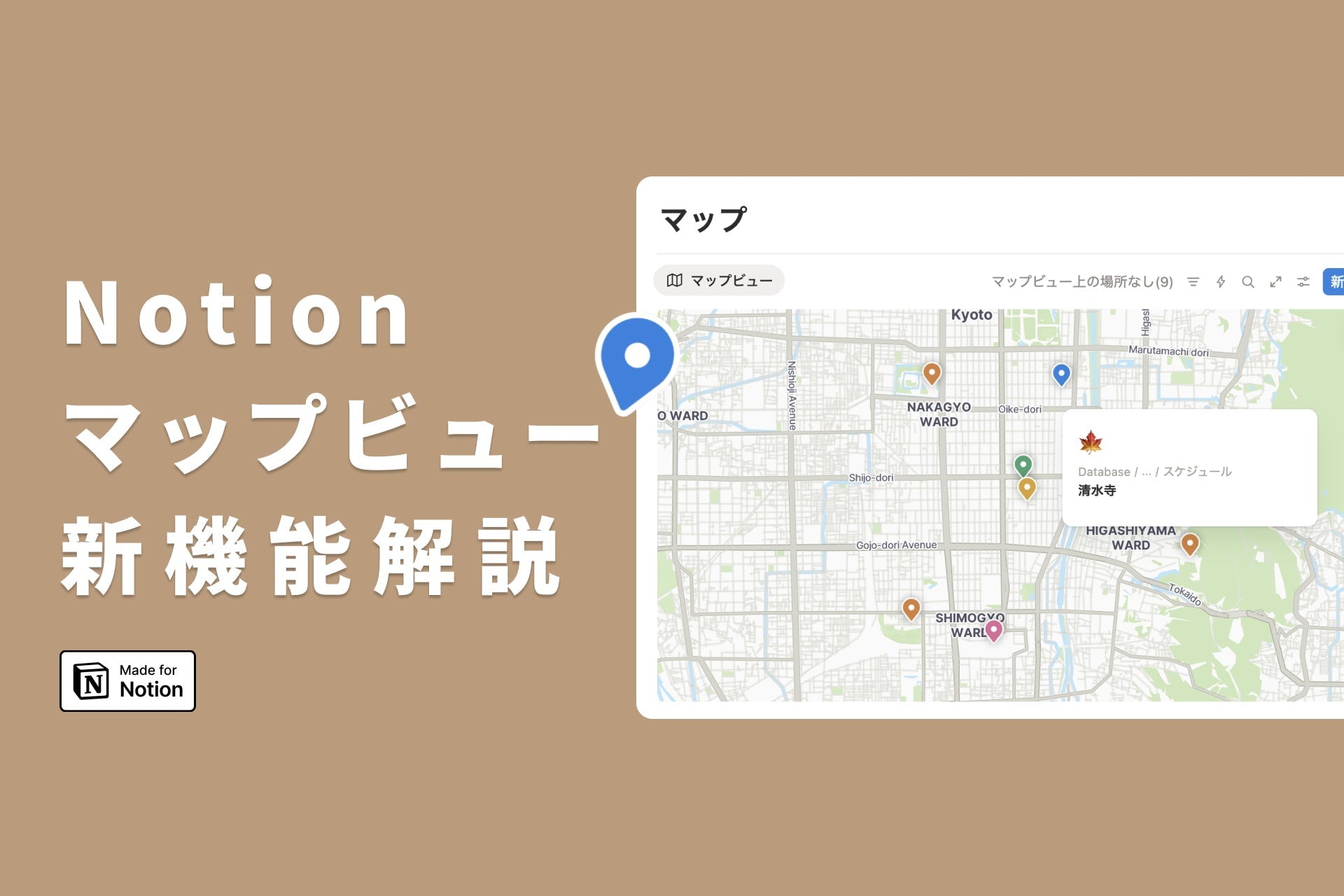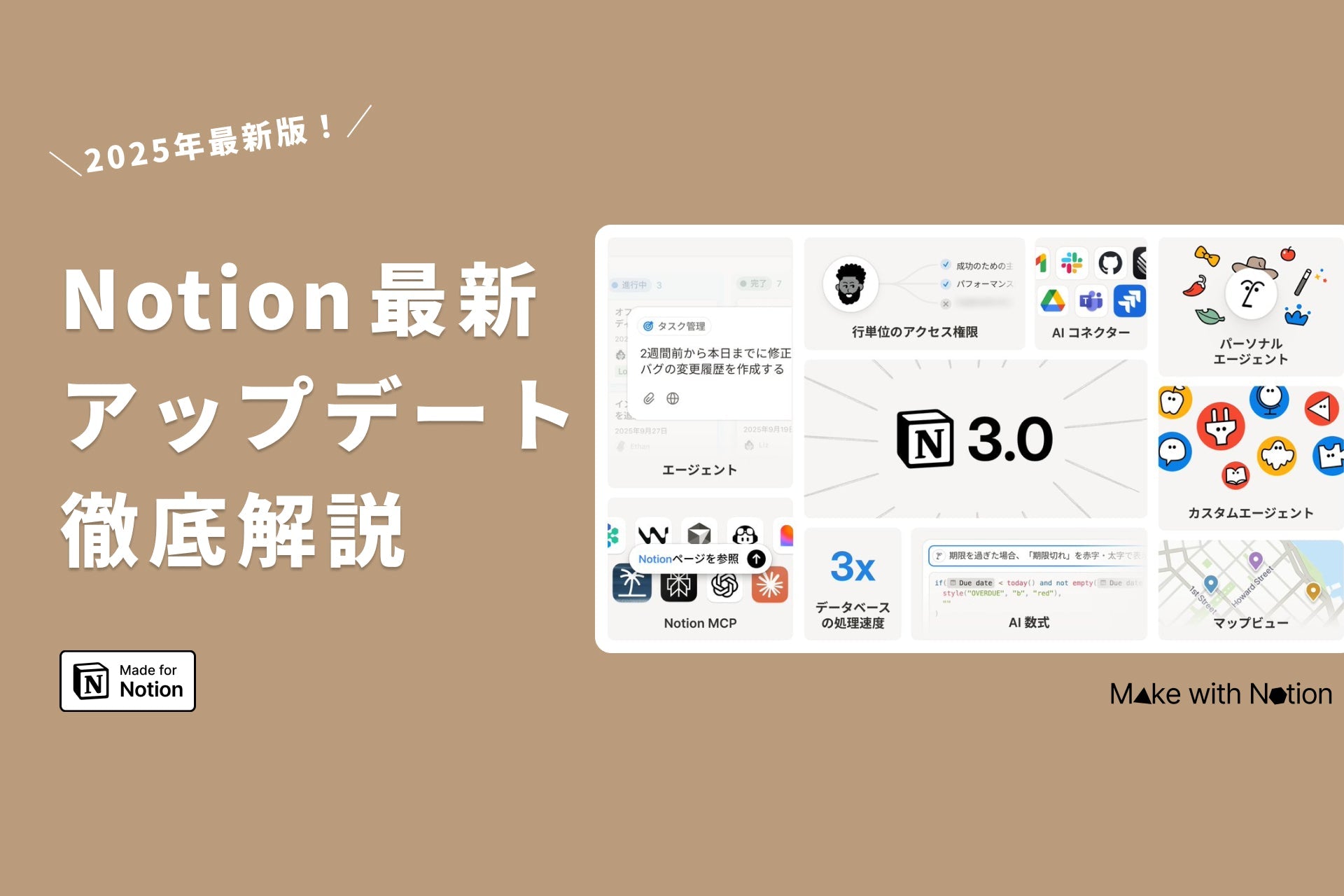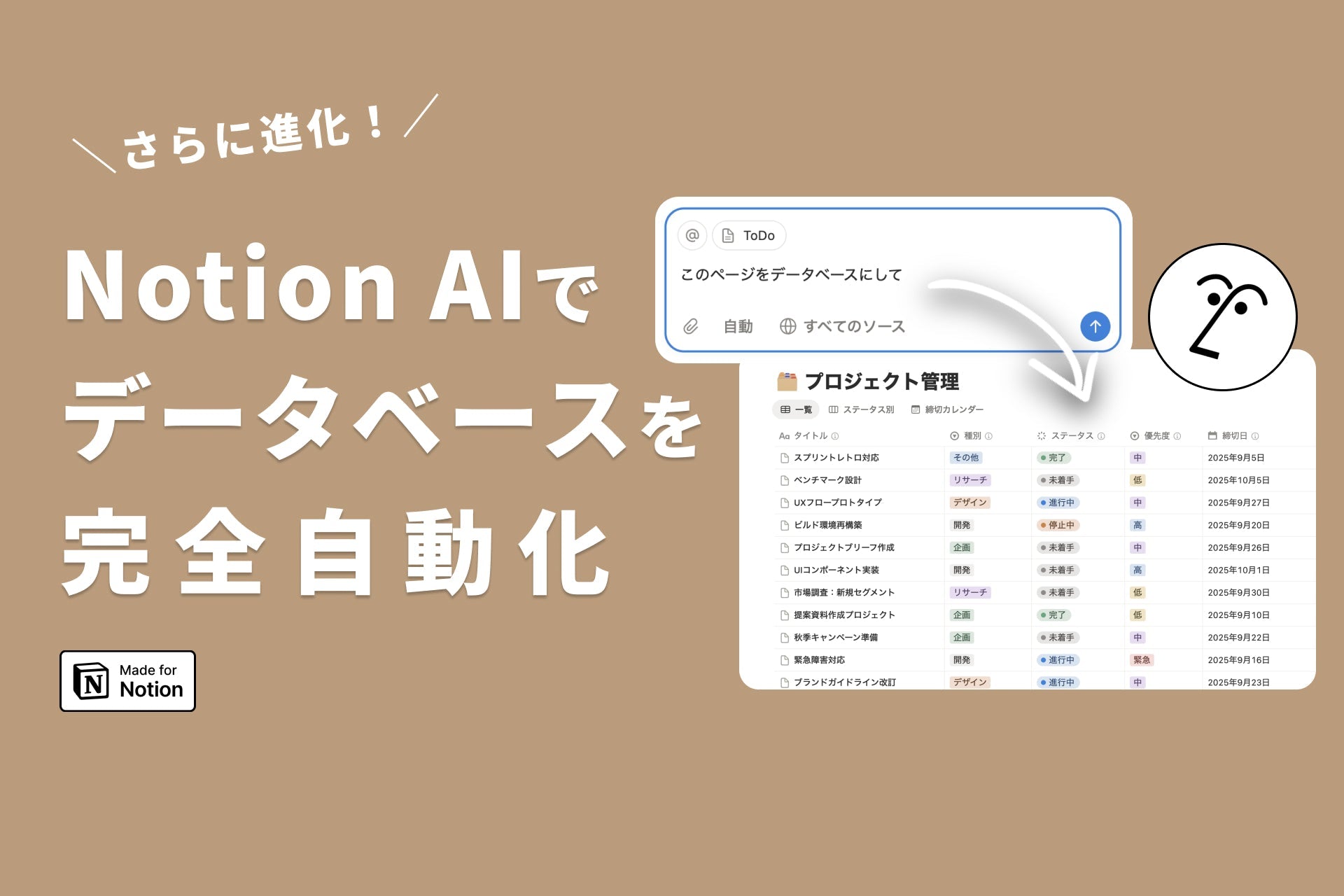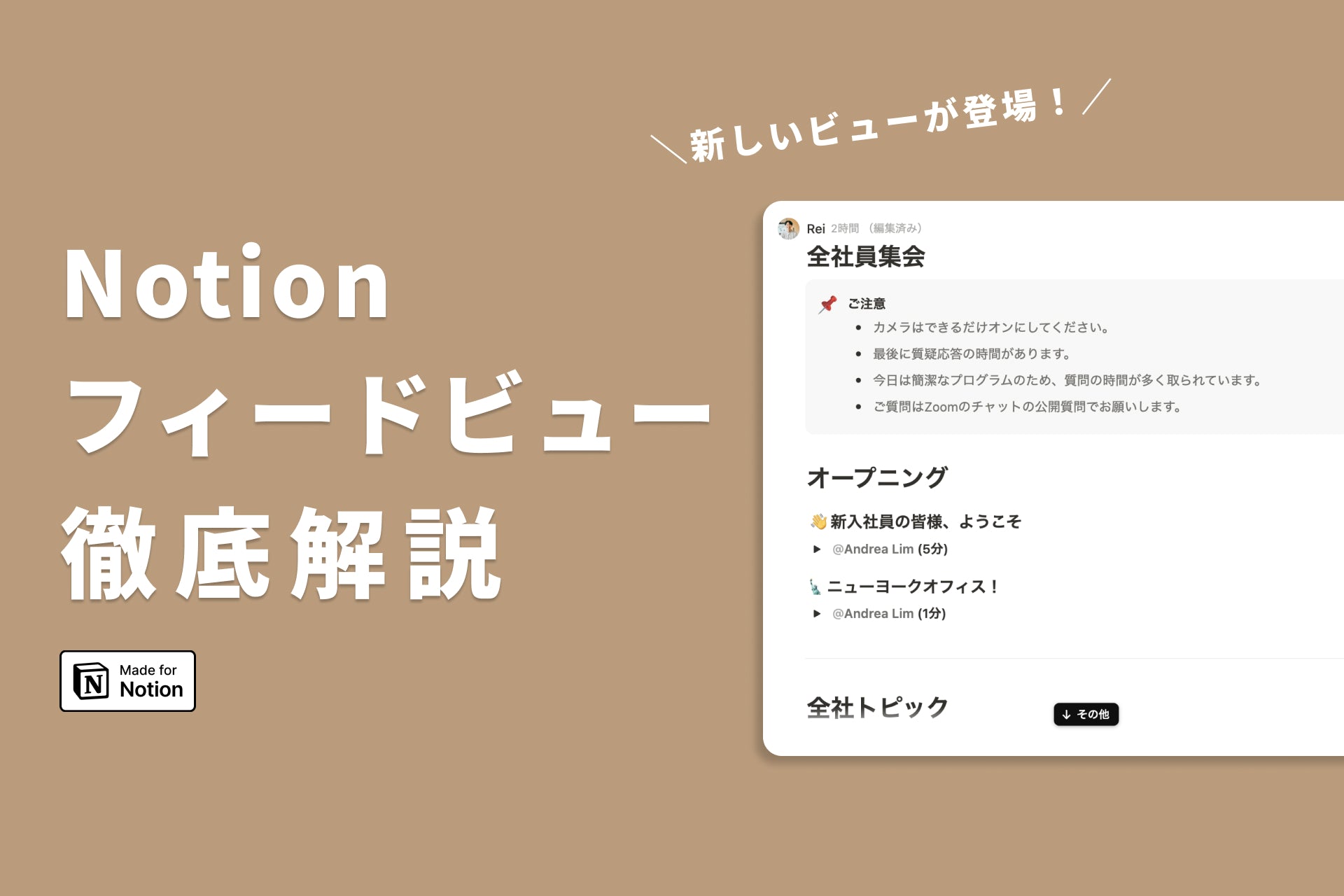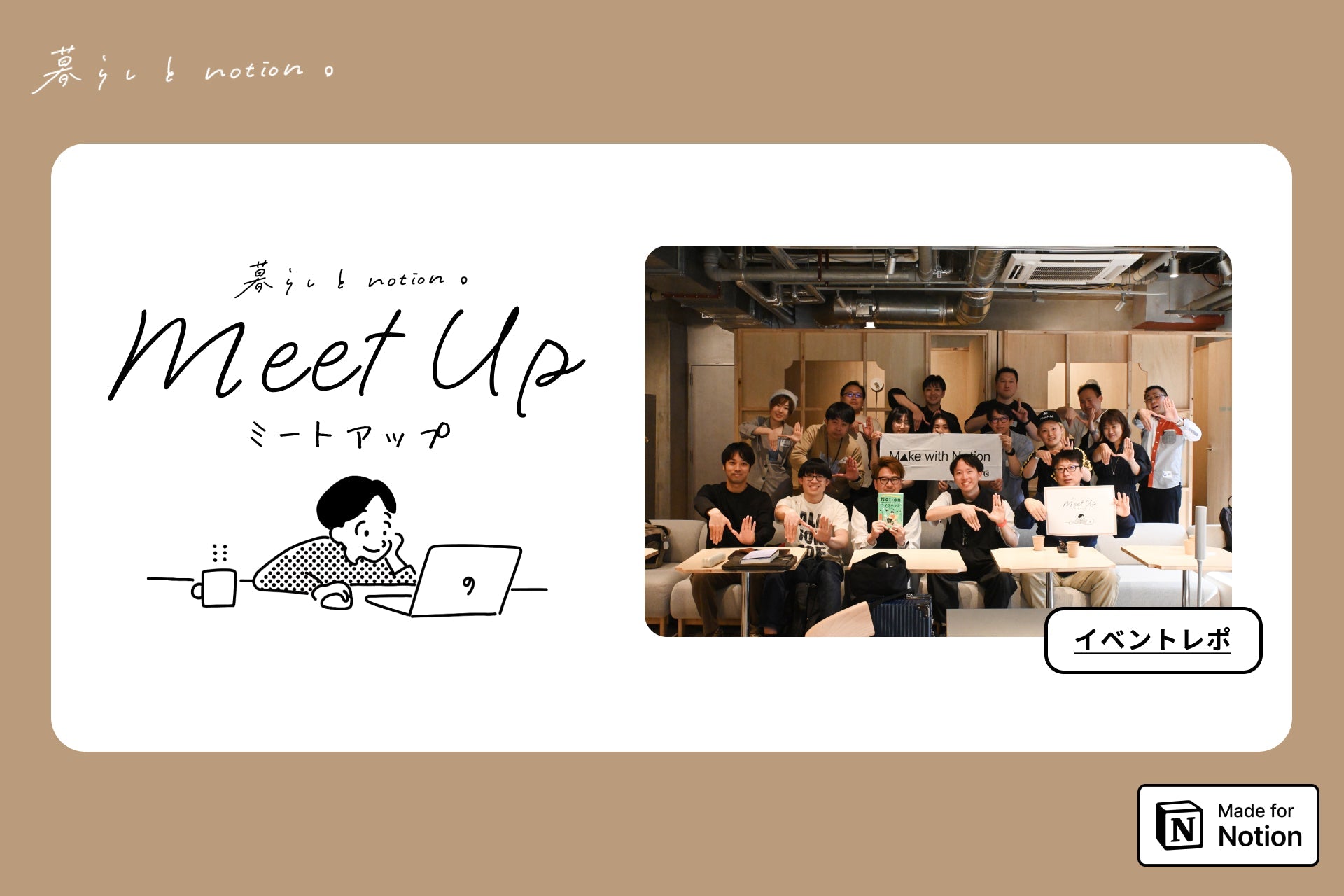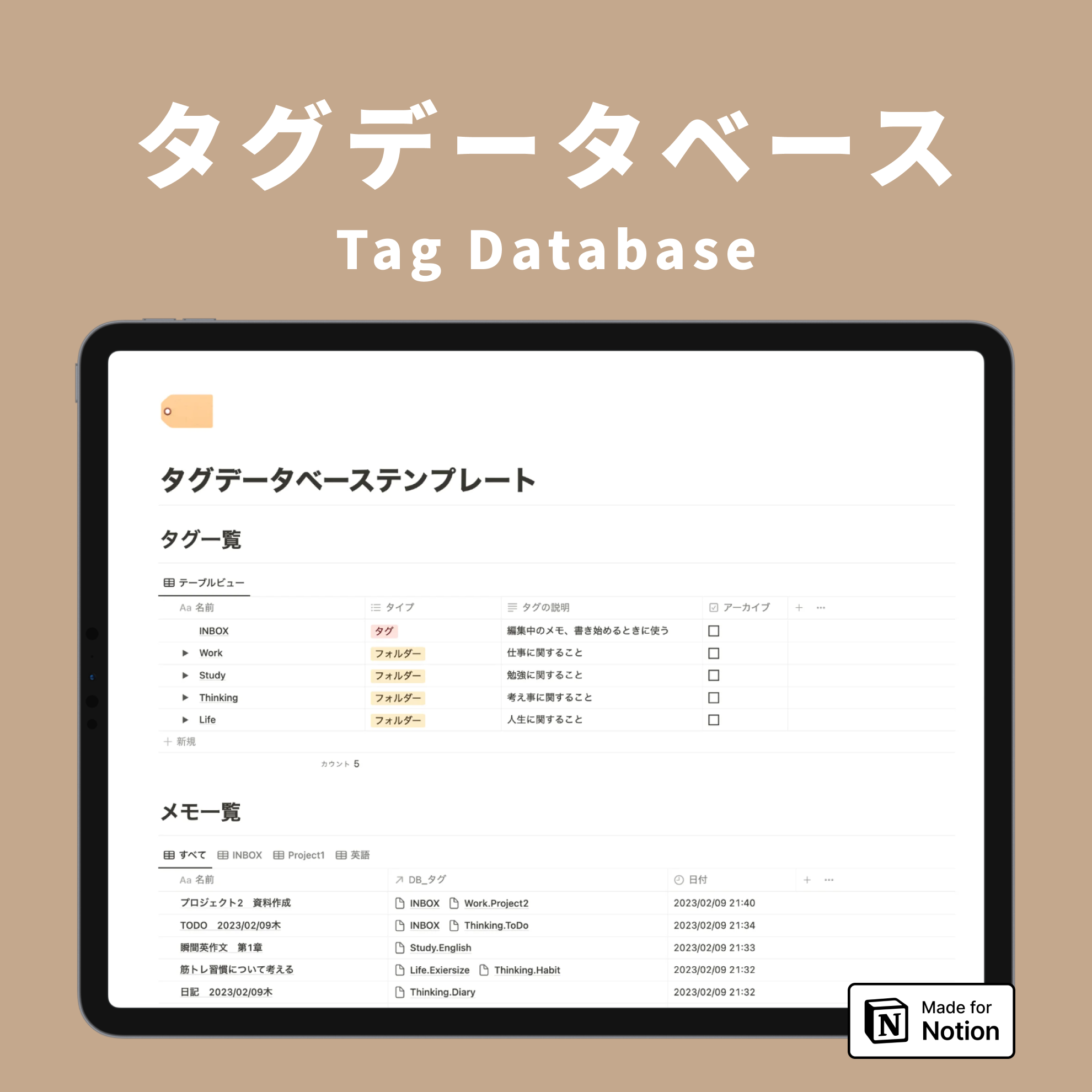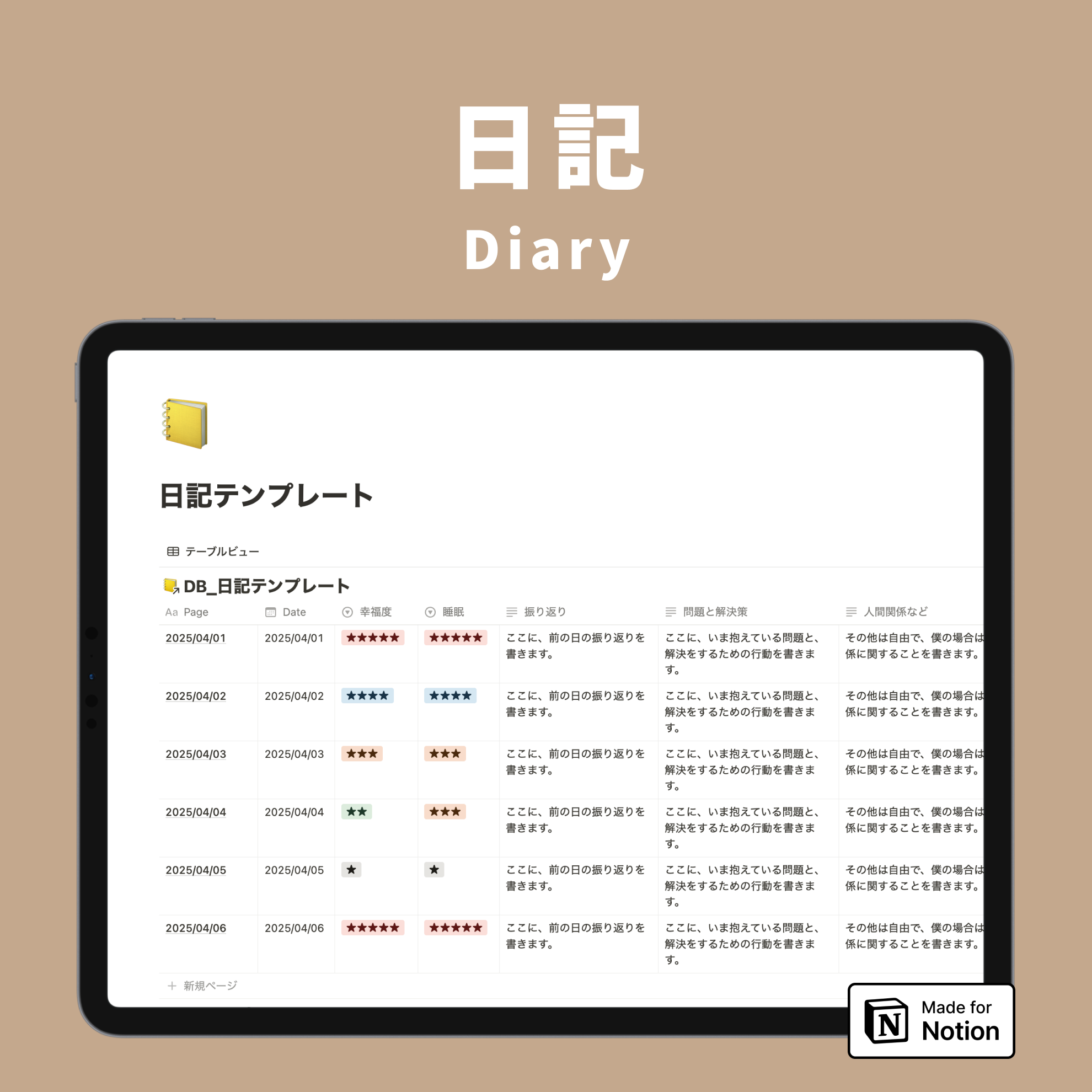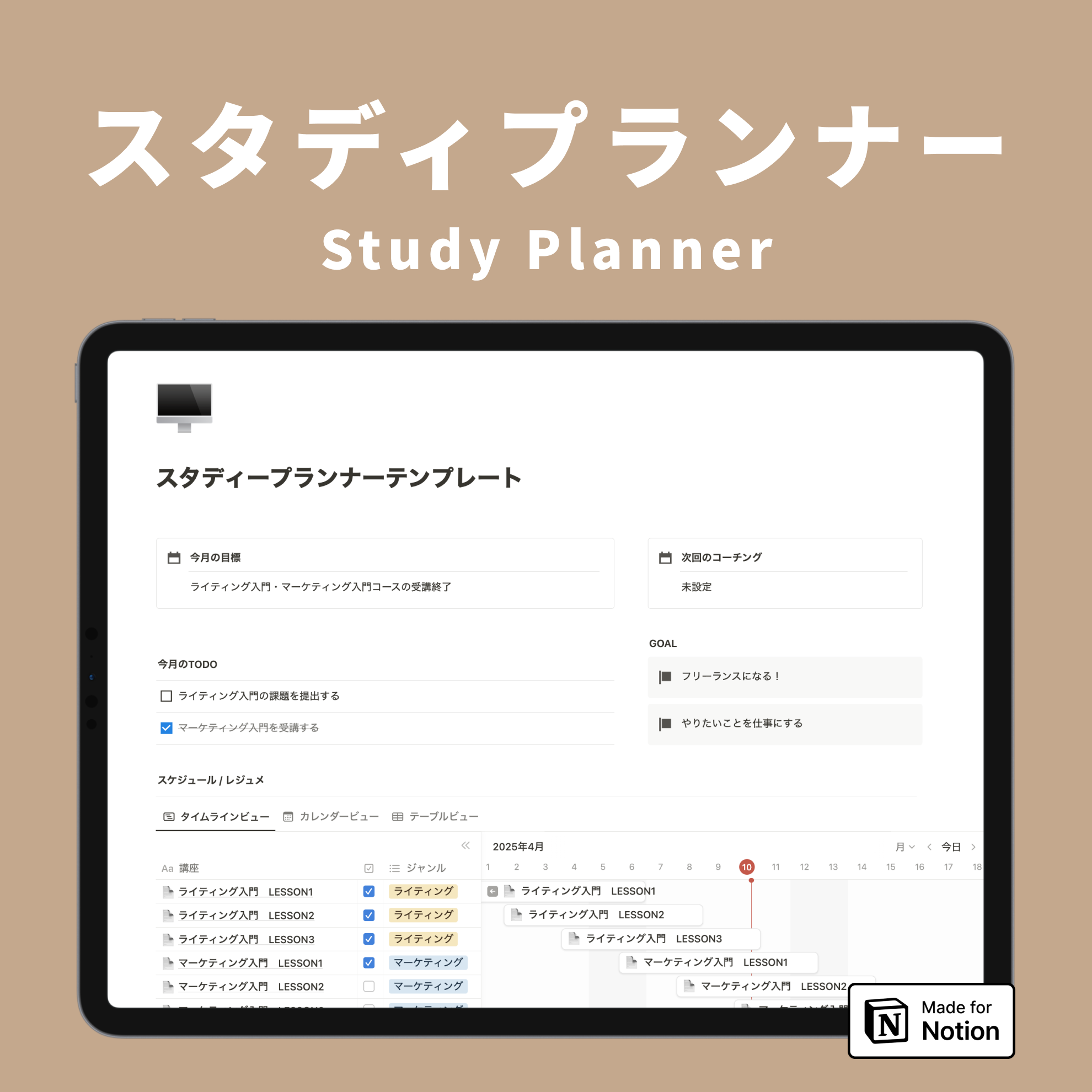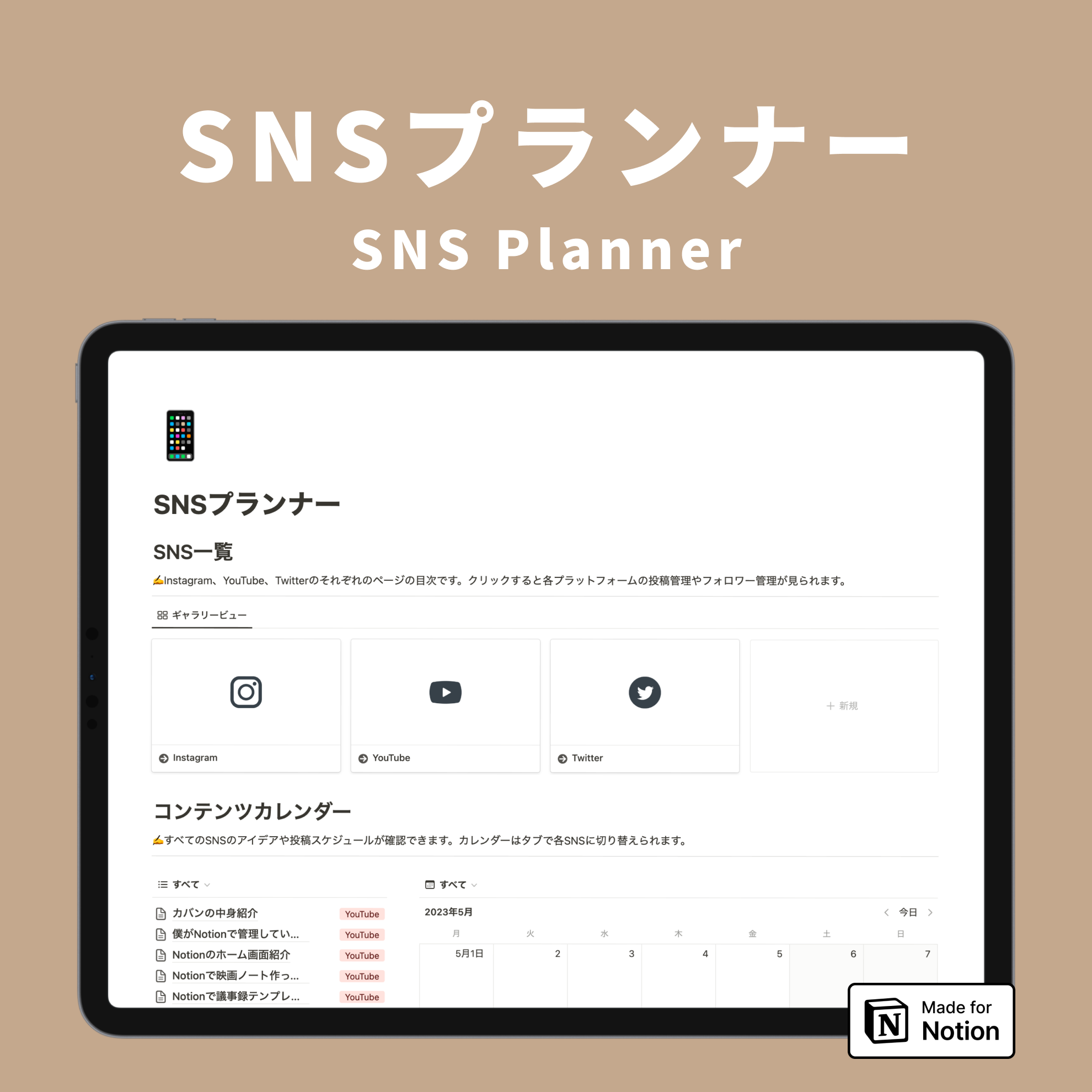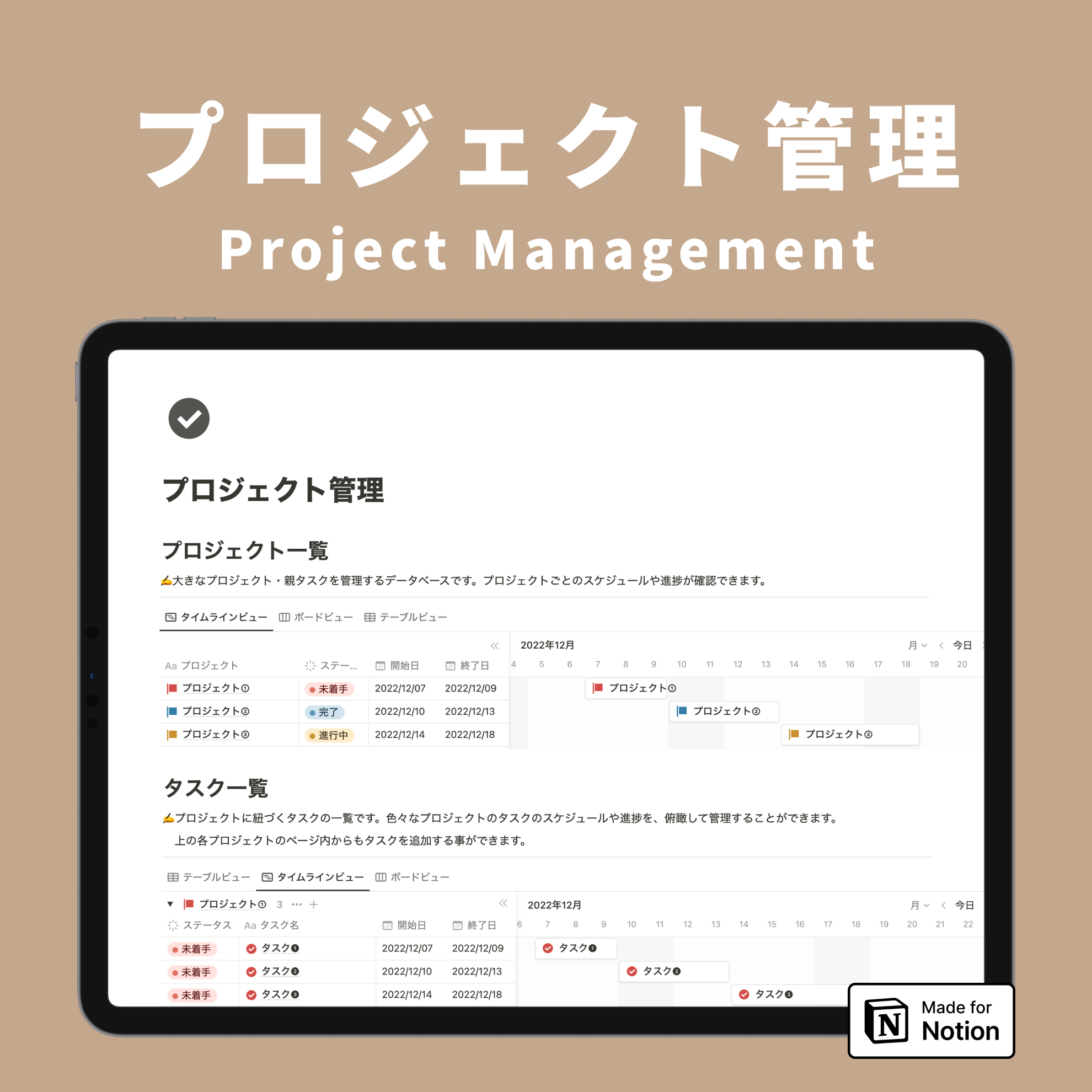💡The " Notion Life Community " is now open!
By subscribing, you can read all paid articles , and you also get benefits such as Notion support for questions and study sessions . Click here to join the community where you can connect with many Notion users!
Notion's new "Layout feature."
This is one of the new features announced at the "Make With Notion" event held in San Francisco last year, but many people may not know exactly what it can do.
This time, we'll be giving a thorough explanation of the layout function, from how to use it to specific ideas for using it.
🎬 Director: Rei
✍🏻 Writer: Mino Kurumi
1. What is the layout function?
Layouts are a feature that allows you to customize the look of your Notion database pages .
You can organize the layout of properties, display only the information you need in an easy-to-understand manner, and group frequently used items.

The Layout Builder, where you can change the layout, is divided into four main areas, and from here we will introduce what you can do in each area.
- Header
- Property Groups
- Individual Properties
- panel

🔗 Learn more about databases here!
https://kurashi-notion.com/ja/blogs/notion/database
2. What you can do with the layout function
To open the Layout Builder, open any page in your database and click "Customize Layout" under "•••" in the top right.

Header
The header is the title area of the page.
Clicking on the header will allow you to configure the following settings on the right side of the screen.
- Fixed display of properties in the header
- Show/hide backlinks

Clicking the pin mark for each property will allow you to pin it to the header, where it will be displayed compactly side-by-side under the title.
Pinning properties is recommended when you want to display important information about a page, such as the date or category, all at once.
Also, if you hide "Backlinks", the "● backlinks" that appear when you mention another page will be hidden.
Property Groups
The property groups under the header allow you to organize the display of properties by setting whether to show or hide properties, grouping them, etc.

If there are any properties you want to hide, you can click on the property group and hide it from the settings on the right.

You can also create sections to display properties separately by clicking "Add Section" in the upper right corner.
If you have a lot of properties, you can organize them more easily by categorizing them by type.

Individual Properties
You can display properties independently by pressing the "+" button below a property group.

You can select an existing property or create a new property from here.

We recommend using Files & Media as an individual property. Images are displayed very small in normal properties, but by using individual properties you can display them larger.
You can also choose from three image display methods: landscape, portrait, and square.
In addition, separating text properties will make it easier to input.

panel
Click Add to Panel to hide properties that you don't want to display on the page all the time.

The properties you add to the panel will not be displayed when you open the page, but will be displayed when you press the "Show details" button in the top right corner of the page.
It is recommended to put properties that are used for filtering or sorting but are not normally used here.

Other Settings
From the "Page Settings" in the upper left, you can set the settings for the entire page, such as hiding comments or property icons.
If you are not using comments, such as for personal use, it is recommended to turn them off here to simplify things.

Also, if you set the structure to "tabbed," you can switch between the page contents and your favorite database using tabs.
If you have other related databases, you can set them up and access them directly from within the page.
You can set up multiple databases, so for example, if you have a minutes page, it would be useful to set up a list of minutes and a database for tasks and projects.

Reflect Layout
Once you have finalized the layout, click "Apply to all pages" in the upper right corner and it will be automatically applied to all pages of the database.

3. Examples of using the layout function
Although the layout function is very useful, many people may be unsure of how to use it in practice.
This time, I've taken some Notion and daily life templates and arranged them.
Menu and recipe management template
Set the recipe image in Files & Media and display it larger as an individual property.
I moved properties that I don't use often when looking at recipes to a panel.

Diary template
The many properties have been divided into groups and organized into headers, property groups, and individual properties. It is now easier to enter text using individual properties, making the diary easier to read.

Social Media Planner Template
Thumbnails are now displayed larger in Files & Media. Analysis-related properties, which are not used for planning, have been moved to a simpler panel.
The numbers look larger on the panel, making it easier to read.

That concludes our introduction to the layout feature!
Please try using it with your frequently used databases to create easier-to-use pages.
Click here for a list of Notion templates available on "Notion in Life" !
The book "Notion Life Hacks" is now on sale! It includes 36 templates and provides plenty of practical tips on how to use Notion.
We also introduce how to use Notion and specific examples of its use on YouTube , so please take a look if you're interested.
We will continue to provide information about daily life and Notion to help you get the most out of your busy days.
Thank you for reading to the end!
See you in the next article.

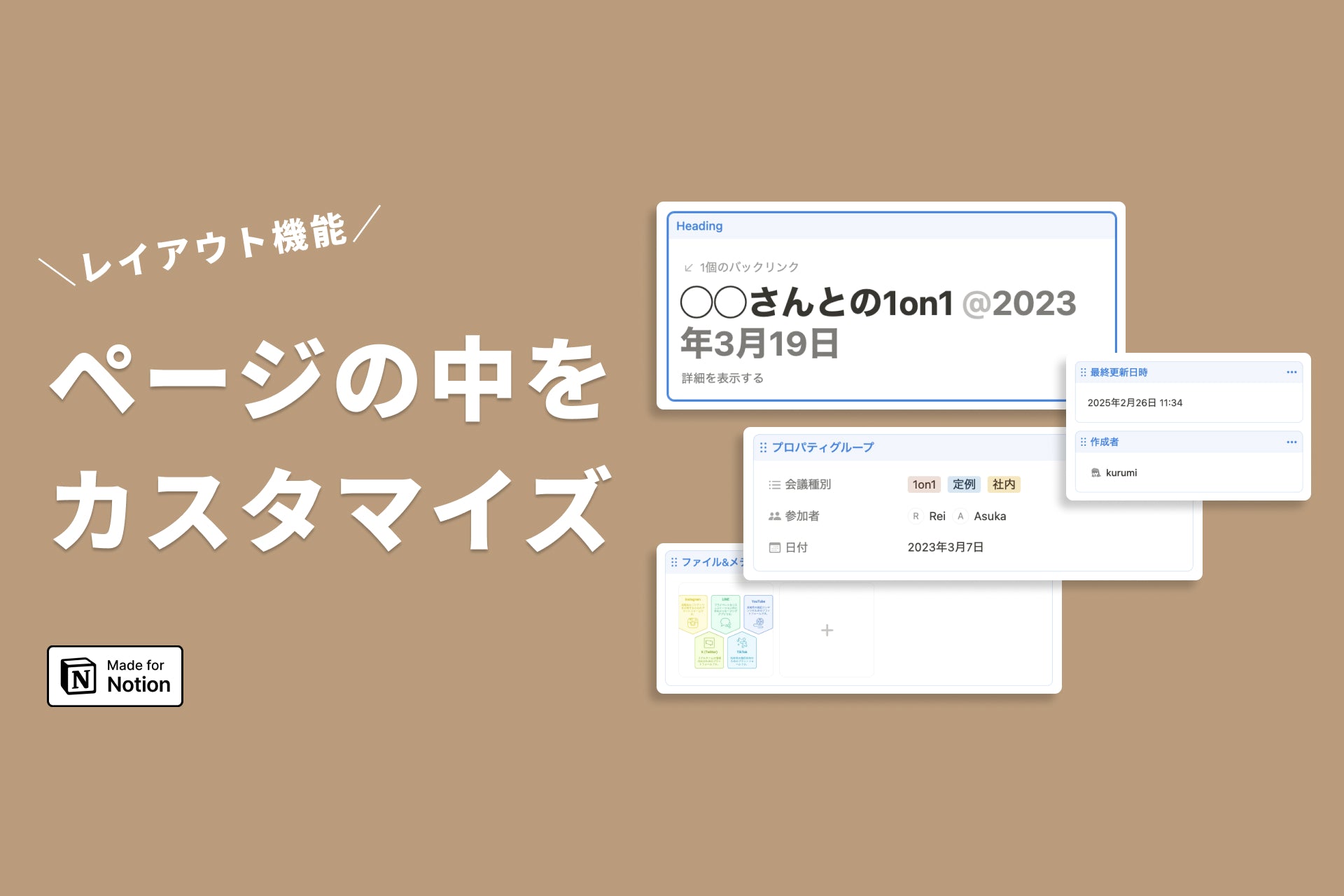




![[Study Group Report] We held a Notion Formula Study Group!](http://kurashi-notion.com/cdn/shop/articles/2510_notionblog_formulaseminar_967275ed-a27f-4af8-ab02-34ca3ee3f96a.jpg?v=1762425140&width=1920)

